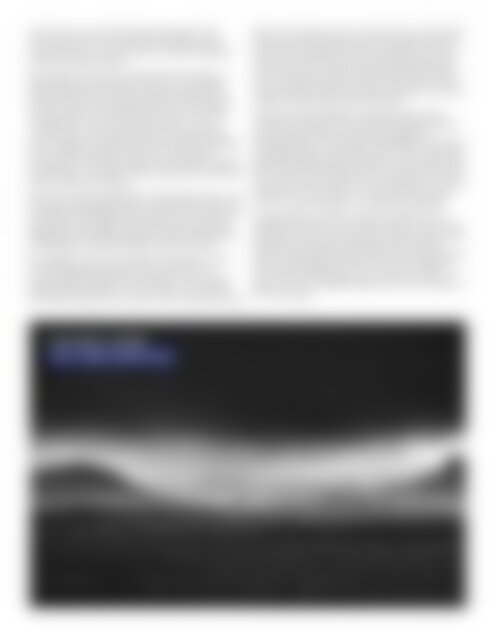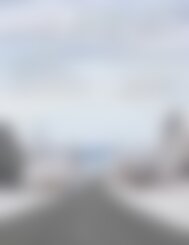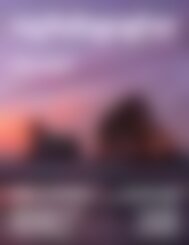NZPhotographer Issue 34, August 2020
As of December 2022, NZPhotographer magazine is only available when you purchase an annual or monthly subscription via the NZP website. Find out more: www.nzphotographer.nz
As of December 2022, NZPhotographer magazine is only available when you purchase an annual or monthly subscription via the NZP website. Find out more: www.nzphotographer.nz
Create successful ePaper yourself
Turn your PDF publications into a flip-book with our unique Google optimized e-Paper software.
dark areas and some illuminated elements in the<br />
scene. Mid tones can be boring. I personally love<br />
using the moon or even the sun to create a graphic<br />
scene with high contrast.<br />
My image of the moon setting behind the flanks of<br />
Ngauruhoe just after dawn is one of my favourites.<br />
Not just because of the final image but because of<br />
the fact that a lot of planning went into me being in<br />
the right place at the right time to pull it off. In fact,<br />
it nearly didn’t work out at all because I woke up<br />
to thick fog. It was tempting to just roll over and go<br />
back to sleep but luckily mind over mattress prevailed<br />
and I made the hike from the hut to the correct<br />
location just as the fog cleared. The long lens, graphic<br />
composition, and high contrast nature of the scene all<br />
help to make it successful.<br />
The second secret ingredient is the right kind of sky. Just<br />
like colour photography, grey overcast days rarely work<br />
and fluffy clouds require a lot of skill or luck to pull off a<br />
decent fine art image. Stormy skies are the holy grail.<br />
Preferably stormy skies clearing at sunset! Unlike colour<br />
photography, clear blue skies can also work well.<br />
My image of a church in Iceland was taken on one<br />
of those disgusting weather days, with rain and<br />
wind making me glad for the shelter of the car and<br />
regretting the decision to save money by camping.<br />
We were driving across country when I spied this lovely<br />
little church sitting in front of some hills, just as the next<br />
major downpour approached. We quickly pulled off<br />
the road and I lined up this shot hand held. You can<br />
create a sky like this in post by applying a grad filter,<br />
and it can be successful in black and white, but you<br />
can’t recreate the rain and the overall mood of the<br />
image. Naturally dark skies always work best, and real<br />
weather always beats post production.<br />
The third secret ingredient is long exposure. Time<br />
creates movement and movement creates leading<br />
lines. Because black and white photography<br />
emphasises form, the shapes and patterns created by<br />
long exposures just work really well. I love a windy day.<br />
Normally standing exactly upwind or downwind works<br />
best, as the clouds streak into the centre of the frame,<br />
but crosswinds can work if your composition has some<br />
balance to it. With little or no wind it can be a long<br />
wait for a boring image. Try a different ingredient.<br />
My seascape was taken in Dorset, England in the<br />
middle of the day. It was quite windy so I used a long<br />
exposure to blur both the waves and the clouds. Even<br />
though the clouds are heading across the frame,<br />
there is enough balance from the sea to lead the eye<br />
around the image and back to the main subject of<br />
the white cliffs. Although I don’t own one, there is a<br />
reason why the Lee Big Stopper became so popular a<br />
few years ago!<br />
ICELANDIC STORM<br />
F5.6, 1/1000s, ISO400, 70mm


















